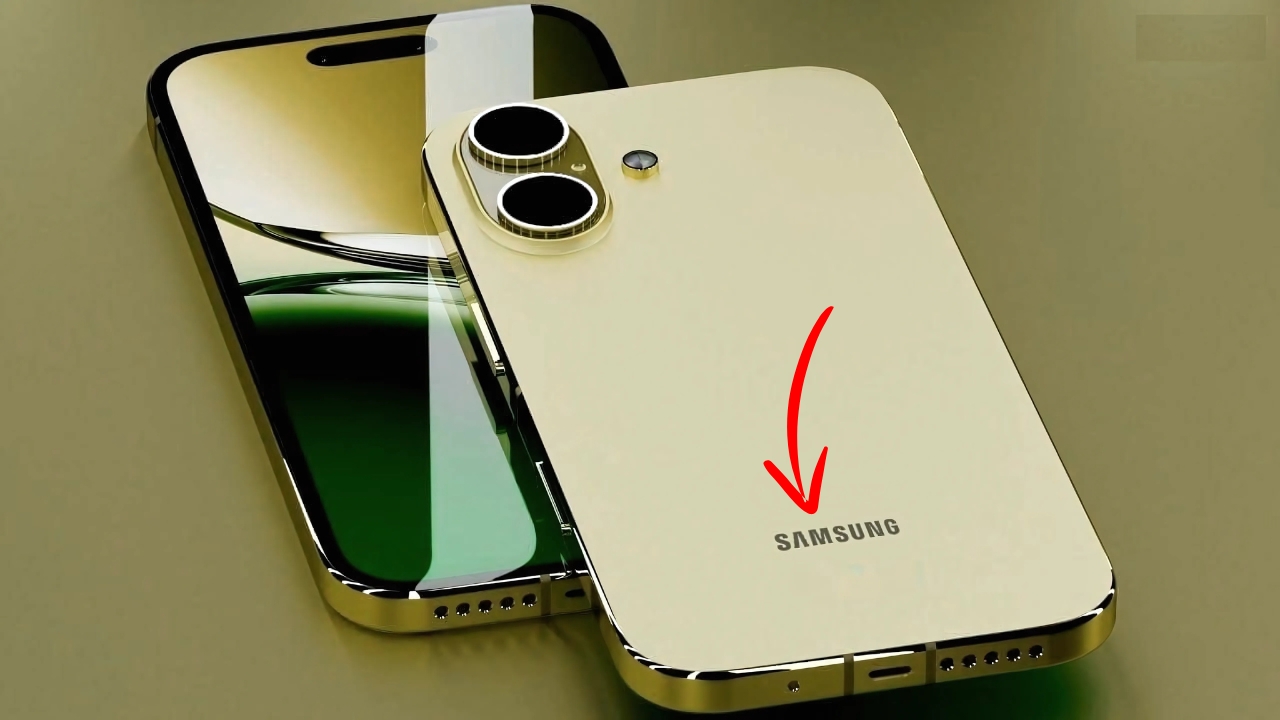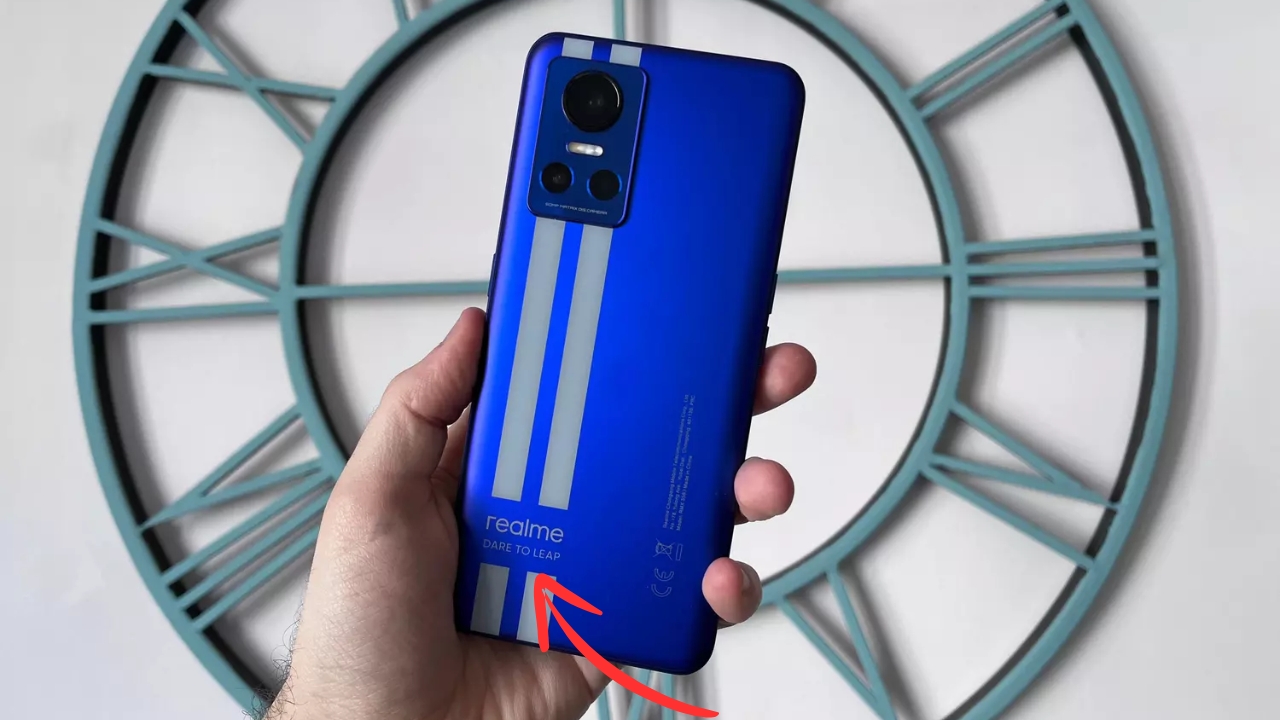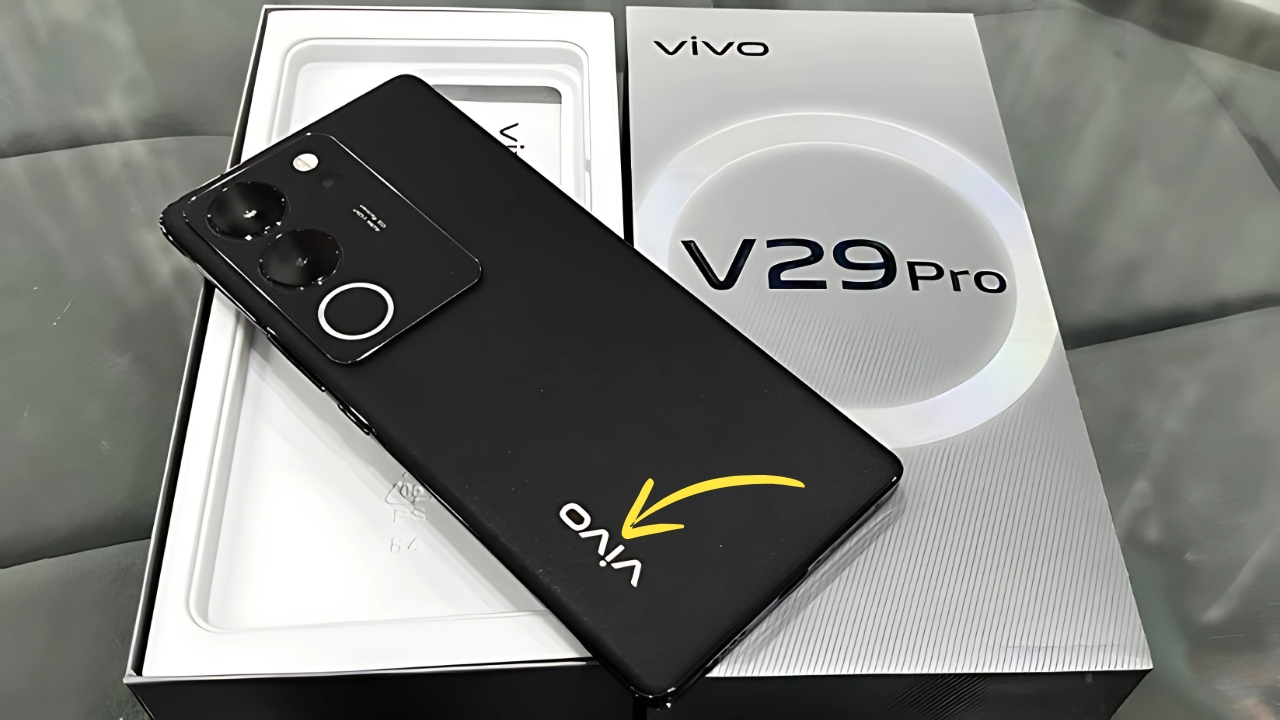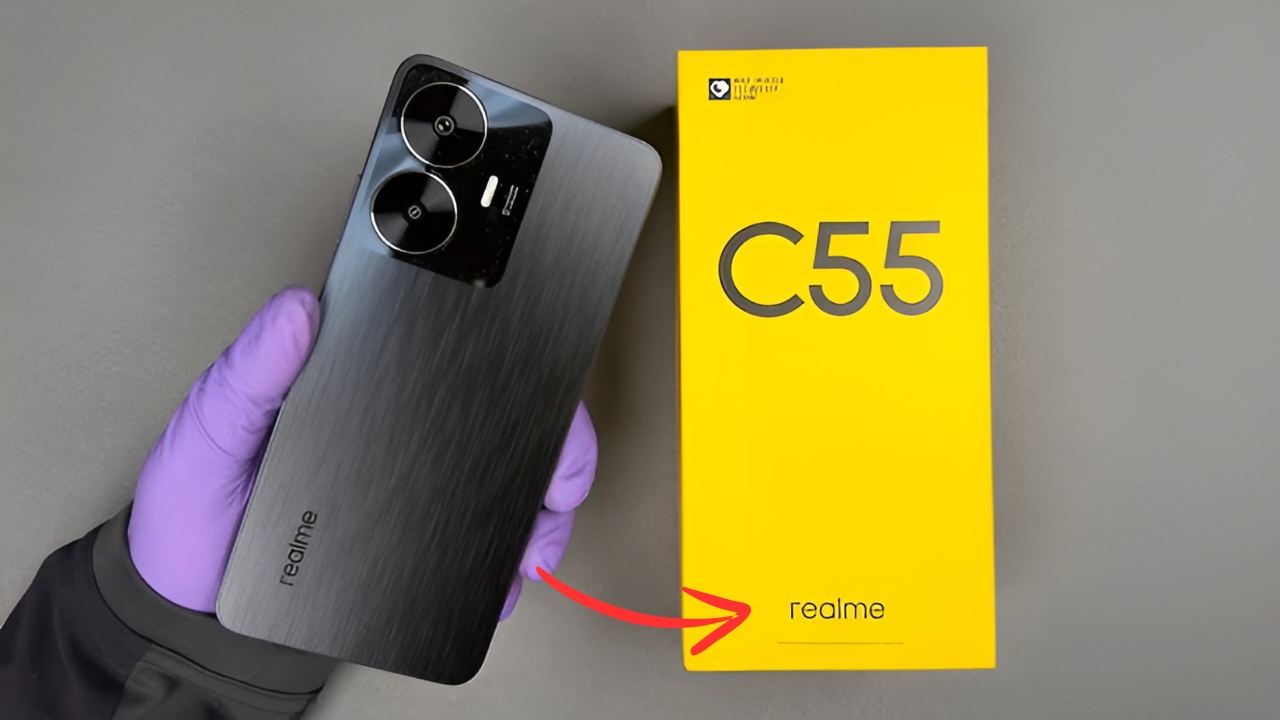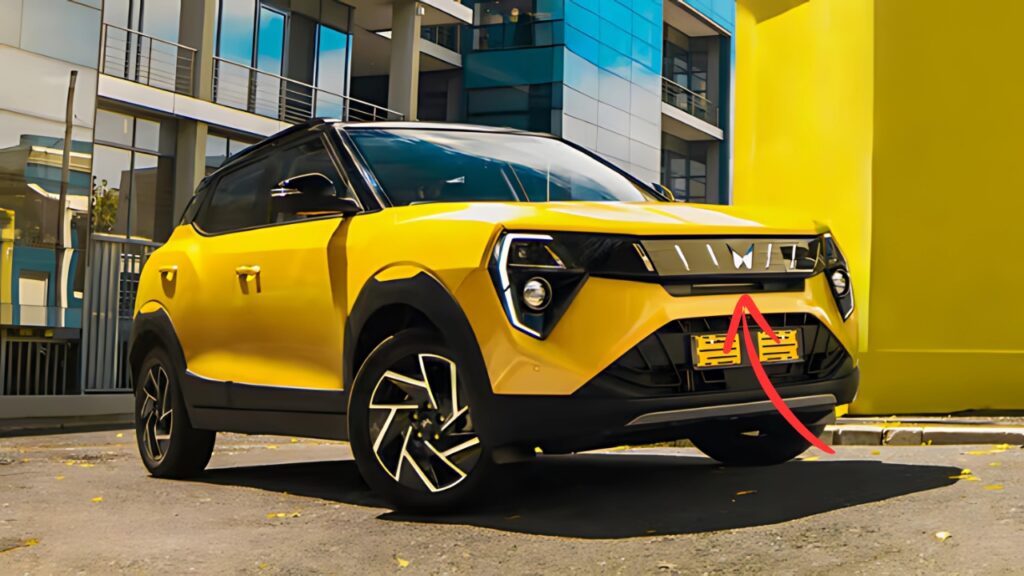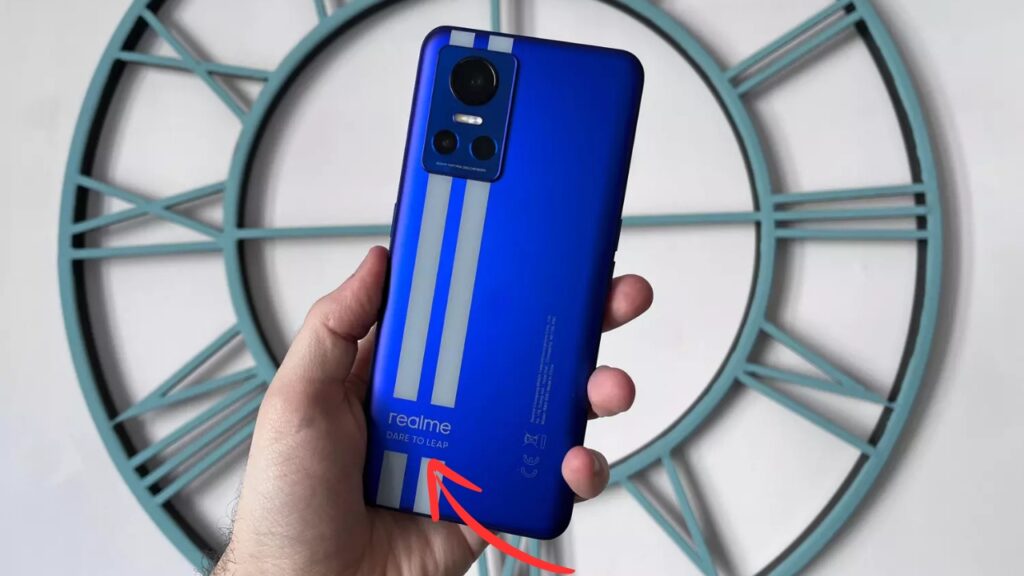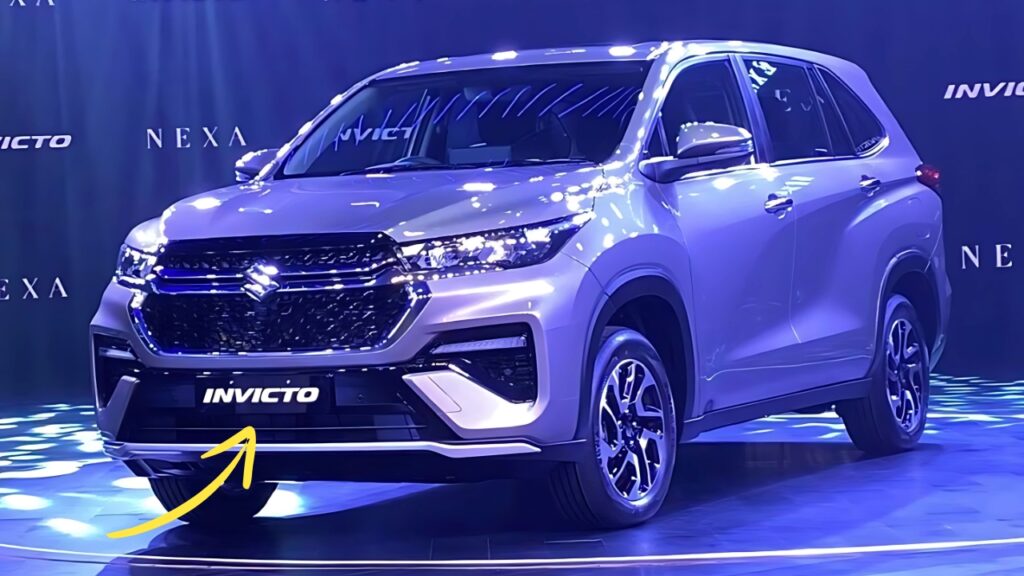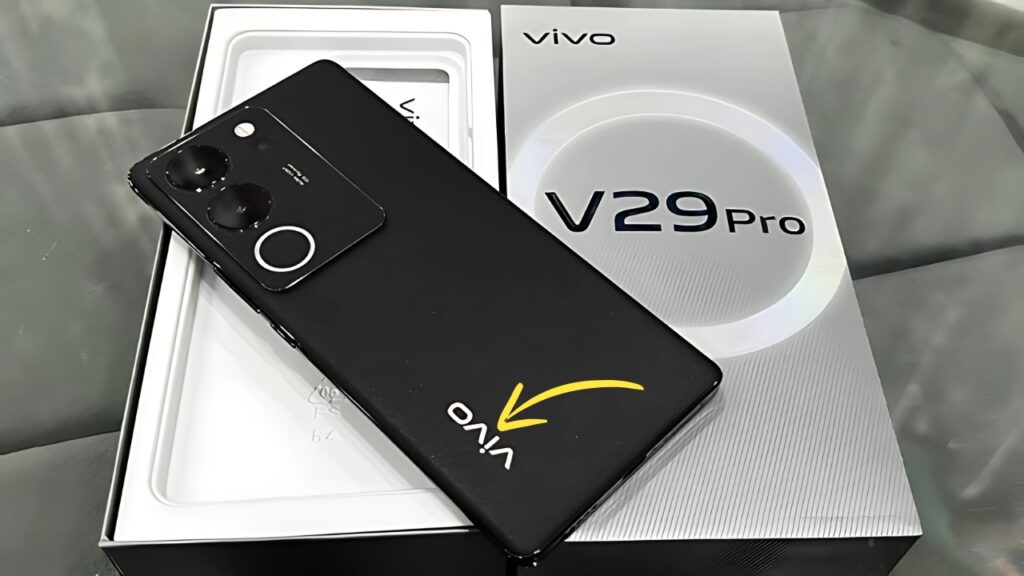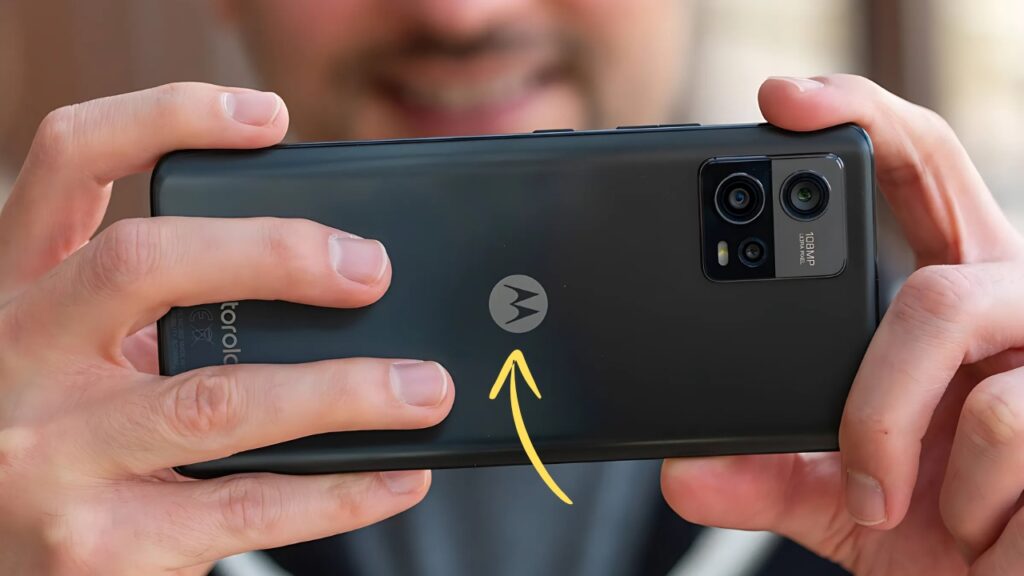Samsung Galaxy J16 Prime 5G : The smartphone industry has witnessed a remarkable transformation in camera technology over the past decade.
What began as simple point-and-shoot capabilities has evolved into sophisticated imaging systems that challenge the boundaries between mobile photography and professional equipment.
This evolution reflects not just technological advancement, but a fundamental shift in how we capture, share, and experience visual content.
The Megapixel Revolution: Understanding High-Resolution Photography
The pursuit of higher megapixel counts in smartphone cameras represents more than just marketing competition.
Each increase in resolution opens new possibilities for creative expression and practical applications.
While the human eye cannot distinguish individual improvements beyond certain thresholds, the additional data captured by high-resolution sensors provides significant advantages in specific scenarios.
Benefits of Ultra-High Resolution:
-
Crop Flexibility: Higher resolution images allow extensive cropping while maintaining detail quality
-
Print Quality: Large format printing becomes possible without quality degradation
-
Digital Zoom Enhancement: More pixels enable better digital zoom results
-
Future-Proofing: High-resolution captures remain relevant as display technology improves
Modern flagship smartphones have progressively embraced higher megapixel counts, with Samsung’s Galaxy S25 Ultra featuring a 200MP main sensor that uses pixel-binning technology.
This technology represents a sophisticated approach to balancing resolution with practical image quality.
Pixel-Binning Technology: The Science Behind Better Images
Understanding pixel-binning technology is crucial to appreciating modern smartphone camera capabilities.
This technique combines multiple adjacent pixels into larger, more light-sensitive units, effectively creating variable sensor configurations for different shooting conditions.
How Pixel-Binning Works:
-
Multiple small pixels merge to form larger virtual pixels
-
Enhanced light sensitivity in challenging conditions
-
Maintained resolution options for optimal lighting scenarios
-
Intelligent switching based on environmental factors
Samsung’s ISOCELL technology enables 200MP sensors to provide 2x and 4x in-sensor zoom capability with no loss of resolution, thanks to superior remosaic algorithms.
This innovation addresses one of the primary limitations of smartphone photography: the compromise between zoom capabilities and image quality.
DSLR-Quality Features in Smartphone Form
The integration of DSLR-like capabilities into smartphones represents a convergence of technologies that was unimaginable just a few years ago.
Modern smartphones incorporate features traditionally found only in professional camera equipment.
Professional Photography Features:
-
Optical Image Stabilization (OIS): Reduces blur from camera movement
-
Phase Detection Autofocus: Rapid and accurate focus acquisition
-
Manual Camera Controls: ISO, shutter speed, and aperture adjustments
-
RAW Image Capture: Unprocessed files for professional editing workflows
Advanced Lens Systems: Contemporary smartphones feature sophisticated multi-lens configurations that provide versatility previously requiring multiple pieces of equipment. These systems typically include:
-
Primary Wide-Angle Lens: High-resolution main sensor for standard photography
-
Ultra-Wide Lens: Expanded field of view for landscape and architectural photography
-
Telephoto Lens: Optical zoom capabilities without quality loss
-
Macro Lens: Close-up photography with fine detail capture
-
Depth Sensor: Enhanced portrait effects and background blur
Computational Photography: Where AI Meets Optics
The true revolution in smartphone photography extends beyond hardware improvements to encompass computational photography.
This field leverages artificial intelligence and advanced processing to enhance image quality in ways that pure optical solutions cannot achieve.
AI-Enhanced Photography Features:
-
Night Mode: Multi-frame processing for low-light excellence
-
HDR Processing: Balanced exposure across varying light conditions
-
Scene Recognition: Automatic optimization for different photography scenarios
-
Real-Time Enhancement: Live preview of processed results
Processing Pipeline Innovations: Modern smartphones process images through sophisticated algorithms that analyze multiple factors simultaneously.
These systems consider lighting conditions, subject matter, motion detection, and user preferences to optimize each capture automatically.
Low-Light Photography: Bridging the Professional Gap
Traditional smartphone cameras struggled significantly in low-light conditions, often producing noisy, blurred, or poorly exposed images.
Recent advances in sensor technology and computational photography have largely eliminated this disadvantage.
Low-Light Technology Solutions:
-
Larger Sensor Sizes: More light-gathering capability per pixel
-
Advanced Noise Reduction: AI-powered algorithms minimize grain
-
Multi-Frame Processing: Combining multiple exposures for optimal results
-
Dedicated Night Modes: Specialized processing for extreme low-light scenarios
Samsung’s nightography camera technology, combined with advanced sensors and fast processors, handles low-light conditions and reduces noise, ensuring blurry and noisy photos in low-light situations become obsolete.
Video Capabilities: Cinema-Quality Production
Smartphone video capabilities have evolved to support professional-level content creation.
Modern devices can capture video quality that rivals dedicated video equipment costing thousands of dollars.
Professional Video Features:
-
4K and 8K Recording: Ultra-high-definition video capture
-
Variable Frame Rates: Slow-motion and time-lapse capabilities
-
Image Stabilization: Smooth footage even during movement
-
Professional Color Profiles: Advanced color grading options
Content Creation Revolution: The democratization of high-quality video production through smartphones has transformed social media, journalism, and independent filmmaking.
Creators can now produce professional-grade content using only their mobile devices.
Zoom Technology: Optical vs. Digital Innovation
Zoom capabilities represent one of the most significant challenges in smartphone camera design.
The physical constraints of smartphone thickness limit traditional optical zoom mechanisms, leading to innovative solutions that maintain image quality while providing magnification options.
Zoom Technology Types:
-
Optical Zoom: Physical lens movement for true magnification
-
Digital Zoom: Software-based enlargement with potential quality loss
-
Hybrid Zoom: Combination of optical and computational techniques
-
Periscope Zoom: Advanced optical systems for extreme magnification
Samsung’s 200MP sensors with 4x in-sensor zoom show image quality comparable to that of an optical 3x module, making separate optical zoom systems seem less necessary.
User Interface and Accessibility
The sophistication of smartphone camera hardware must be matched by intuitive user interfaces that make advanced features accessible to users regardless of their photography experience.
User Experience Innovations:
-
Automatic Mode Intelligence: Smart scene detection and optimization
-
Manual Controls: Professional-level adjustments when desired
-
Live Preview Effects: Real-time visualization of processing results
-
Gesture Controls: Intuitive camera operation methods
Educational Integration: Modern camera apps often include educational elements that help users understand photography principles while using advanced features.
This approach democratizes photography education alongside hardware capabilities.
Storage and Processing Considerations
High-resolution photography and advanced video recording place significant demands on smartphone storage and processing capabilities.
Modern devices must balance these requirements with battery life and thermal management.
Technical Challenges:
-
File Size Management: Efficient compression without quality loss
-
Processing Speed: Real-time enhancement without lag
-
Storage Optimization: Smart management of large media files
-
Battery Efficiency: Power-conscious processing algorithms
Cloud Integration: Seamless cloud storage integration becomes essential as file sizes increase.
Modern smartphones automatically optimize storage by backing up full-resolution images while maintaining compressed local copies.
The Future of Mobile Photography
Looking ahead, smartphone camera technology continues to evolve rapidly. Emerging technologies promise even more dramatic improvements in image quality and creative possibilities.
Emerging Technologies:
-
Under-Display Cameras: Eliminating visible camera interruptions
-
Advanced AI Processing: More sophisticated scene understanding
-
Augmented Reality Integration: Enhanced environmental interaction
-
Improved Low-Light Performance: Further sensor and processing advances
Market Implications: The continued advancement of smartphone camera technology impacts various industries, from professional photography to social media marketing.
The accessibility of high-quality imaging tools democratizes visual content creation across all user segments.
Professional Photography Industry Impact
The rise of smartphone camera quality has significantly influenced the professional photography industry.
While smartphones cannot completely replace professional equipment in all scenarios, they have expanded the definition of what constitutes professional-quality results.
Industry Adaptations:
-
Mobile-First Workflows: Professional photographers incorporating smartphones
-
Hybrid Equipment Strategies: Combining traditional and mobile tools
-
Accessibility Improvements: Lower barriers to entry for photography
-
New Business Models: Smartphone-enabled service offerings
Samsung Galaxy J16 Prime 5G Conclusion: The Democratization of Visual Excellence
The evolution of smartphone camera technology represents more than incremental hardware improvements.
It signifies the democratization of high-quality visual content creation, making sophisticated photography and videography accessible to billions of users worldwide.
As technology continues advancing, the distinction between professional and consumer imaging equipment becomes increasingly blurred.
Features once exclusive to expensive professional cameras now reside in devices that fit comfortably in our pockets.
This transformation has profound implications for creative expression, professional industries, and global communication.
The integration of advanced sensors, computational photography, and intuitive interfaces creates tools that enhance rather than complicate the creative process.
Users can focus on composition, timing, and artistic vision while sophisticated technology handles technical optimization automatically.
This technological evolution continues reshaping how we document life experiences, create professional content, and share visual stories.
The future promises even more exciting developments as artificial intelligence, sensor technology, and processing capabilities continue advancing in harmony.
The journey from simple smartphone cameras to sophisticated imaging systems capable of rivaling professional equipment demonstrates the power of focused innovation and user-centered design.
As these technologies become more refined and accessible, they will undoubtedly continue transforming the landscape of visual communication and creative expression.
